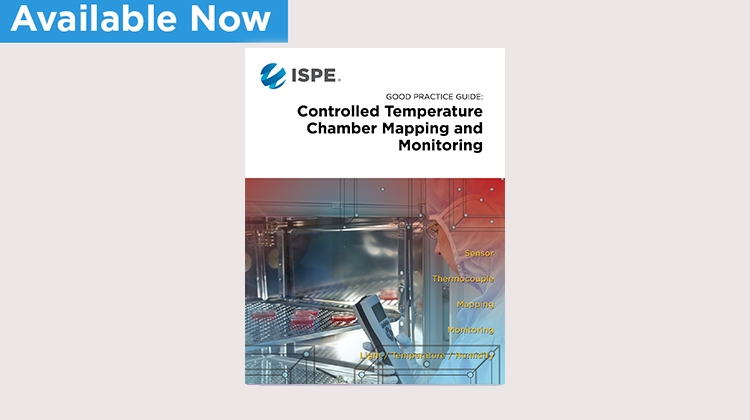New Guide Helps Ensure Sample Safety in Controlled Temperature Chambers
ISPE published the 2nd Edition of the ISPE Good Practice Guide: Controlled Temperature Chambers – Commissioning and Qualification, Mapping and Monitoring in December. The international team of experts working on the revision felt it was time to update the Guide due to the increasing complexity of global distribution for medicines requiring controlled temperatures.






